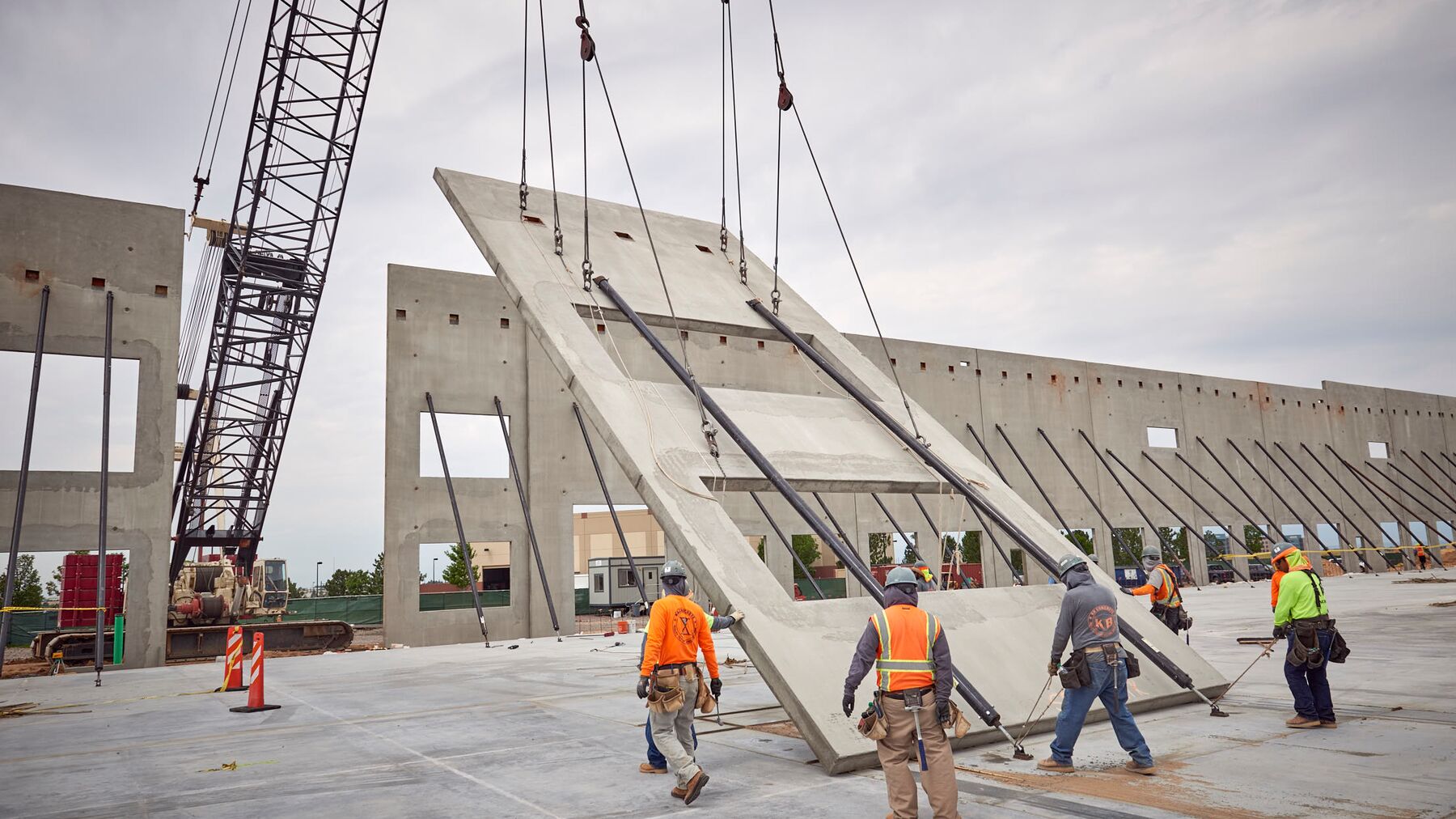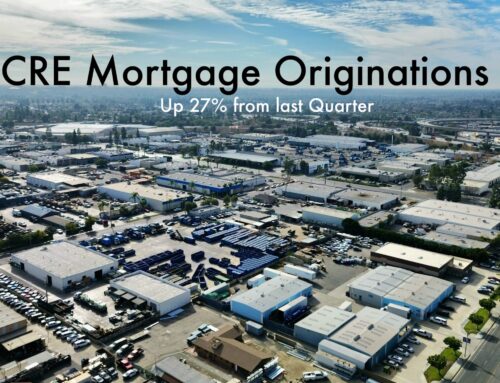It will take time for the markets to absorb the amount of space delivered over the last two years. During the pandemic, industrial properties were probably the hottest ticket around. The need to distribute and sell products at physical arms-length, the sharp explosion e-commerce, the shutdowns of businesses — logistics, warehousing, and the development of distribution and storage were obvious tools to address the issues.
That led to a rush of demand and, as a result, increased supply, with almost 1.2 billion square feet in the U.S. created in the last two years. But as things have normalized, there’s been an impact. As noted in the 2024 1st Quarter Market Report, things have begun to slow, as might have been expected, especially with higher interest rates.
“Total annual industrial leasing activity fell to 790 million sq. ft. in 2023 from a record 1 billion sq. ft. in 2021 and was not enough to offset the large amount of new supply,”. “As a result, the overall industrial vacancy rate jumped by 180 basis points (bps) last year to 4.8%, returning to near its 10-year average of 4.7%. Developers predictably became more hesitant to break ground and construction starts fell to 46.3 million sq. ft. by Q4 2023 from a quarterly average of 102.5 million sq. ft. in 2022.”
Quarterly industrial construction starts since the pandemic reached a high of 117.1 million square feet in the third quarter of 2021 and bounced around until the third quarter of 2022. Then they started to rapidly fall away: 85.8 million square feet in Q4, 68.2 million in 2023 Q1, 65.9 million in Q2, 47.8 million in Q3, and 46.3 million in the last quarter of 2023.
Conditions turned uninviting for many developers, with interest rates quadrupled between January 2022 and now; capital partners increased their return-on-cost requirements; potential returns on investment therefore dropped; banks pulled away from lending, leaving higher cost sources as the alternatives; and lower LTV ratios means less leverage and more equity.
And so, it is expected that average quarterly industrial construction starts will remain less than 50 million square feet through 2024, compared to the 100 million square feet in 2022. After a record 612 million square feet of construction completions in 2023 (buoyed by the heavy starts in 2022) will fall to less than 300 million square feet in both 2024 and 2025.
Will things eventually begin to reverse themselves? Pat Meaney, President of Canada Pacific Realty Advisors says, yes. “Based on the number of leases signed over the last year, we are seeing some markets in Southern California with 2-3 years worth of supply available for lease today. New construction Class A buildings are still commanding the premium rents in the market, just not as high as most Developers projected during their starts in 2022.” The drop in starts and completions take pressure off the markets and allow them to absorb the excess space that was delivered over the past two years. The projects that do start now with less competition will gain an advantage when the absorption is over and demand again requires new space.
Source: https://www.globest.com/2024/03/18/higher-interest-rates-lower-demand-equals-less-industrial-construction/, Pat Meaney (Canada Pacific Realty Advisors)






